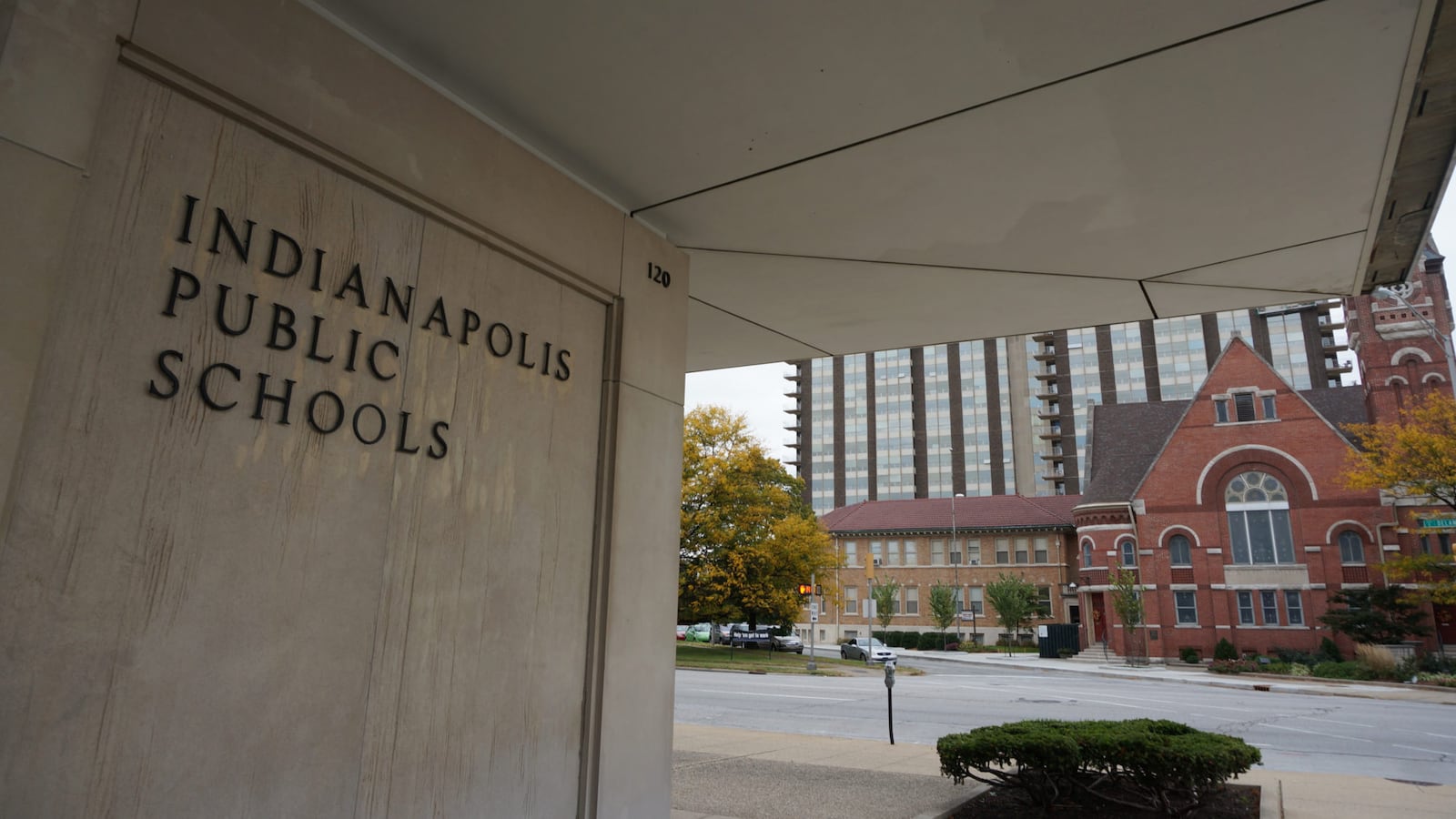If Indianapolis Public Schools leaders follow through on their plan to close high schools, it will be painful for families, alumni and neighborhoods. But the impact on current and future students is uncertain.
District leaders have attempted to lessen the pain of high school closures with a promise: The new schools will be better for students, with more advanced classes and more opportunities for students to get specialized career training.
In contrast, alumni, parents and teachers have warned that closing high schools will lead to long bus rides, conflict among students and spikes in dropout rates.
But it’s unclear which vision is more likely. The research on whether closing and combining schools leads to better results for students is mixed. Student outcomes depend on how well the closures are executed and whether the newly consolidated schools offer students a better education.
“The details really do matter and context really matters a lot,” said James Kemple of the Research Alliance for New York City Schools.
Kemple led a study that demonstrates the potential benefits of closing high schools. He found that when New York City closed dozens of low-performing high schools, current students who went through the closures were no better or worse off when it came to data points like their graduation rate. More promisingly, future students — who likely would’ve gone to the schools if they had not closed — were better off, with higher attendance and graduation rates.
But the New York example is different from Indianapolis in a number of ways. The schools were all closed for low-performance, rather than low enrollment, and they were phased out, so current students were not displaced. They also were replaced with new, small high schools that were led by dedicated principals chosen through an application process that required a clear mission and plans for managing staff, curriculum and community partnerships, said Kemple.
“They were really trying to create very strong options for kids in the wake of the school closures,” he said. “That was really important.”
But other research shows potential the downside of closing high schools. One of the most recent studies is a 2016 paper from the Education Research Alliance for New Orleans, which looked at the impact of high school closures and charter takeovers in both New Orleans and Baton Rouge, Louisiana. The researchers found that in New Orleans, high schoolers whose schools were closed or taken over had higher graduation rates. In contrast, students in Baton Rouge were less likely to graduate.
The researchers offered a fairly simple theory to explain the divide: The New Orleans students ended up in better schools after their schools closed while the Baton Rouge students actually ended up in lower quality schools. “In short, the key to making closures and takeovers work is to ensure that directly affected students end up in better schools after the intervention,” they wrote.
Another useful study comes out of Milwaukee. Like Indianapolis, families in Wisconsin’s largest city can easily choose charter schools or private schools that accept vouchers, and declining enrollment has pushed the district to close dozens of high schools.
Matthew Larsen, an assistant professor at Lafayette College, looked at the effects of high school closures on current — but not future — students in Milwaukee high schools that were closed based on criteria including enrollment and academic performance. For the students enrolled in the high schools when they closed, the impact was detrimental. Despite enrolling in schools that were on average better than the schools that closed, high schoolers had lower GPAs and lower attendance rates, and ultimately, they are less likely to graduate.
School closures are less problematic for elementary students because they eventually bounce back, Larsen said, “but for high school, it’s sort of more of an issue because they don’t have that long to recover, and some of them might be on the margin of dropping out anyway.”

